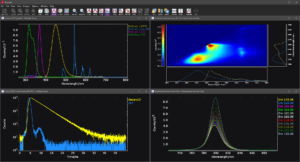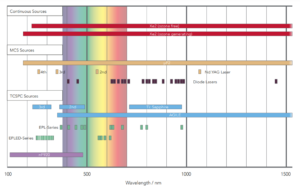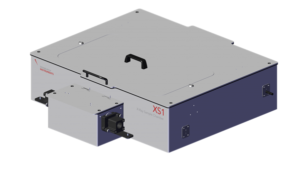Liquids
Single Cuvette Holder: Temperature adjustable by additional water/coolant circulation, fitted with integrated probe for sample temperature monitoring by spectrometer operating software.
Magnetic Stirrer: Magnetic Stirrer to be fitted to single cuvette holder or 3-position sample turret. The stirrer comprises three stirrer bars and a stand-alone stirrer controller.
Multi-Position Holders: options for three or four cuvettes.
Powders, Thin-Films and Solids
Front-Face Sample Holders: A range of single position front-face sample holders are available for powders, thin-films and solids. These include linear staged holders, rotational holders and clamps.
Temperature Control
Bath/Refrigerator (-25 °C to +150 °C): Closed cycle water/coolant bath to be used with water-cooled sample holders.
EPR Dewar (77 K): Liquid nitrogen dewar (quartz) in mounting collar for FLS1000 sample chamber with light tight seal, directly compatible to the sample chamber access flange. A sample rod, containing the sample, will be immersed into the liquid nitrogen bath thus cooling the sample to 77K.
Liquid Nitrogen Cryostat (77 K – 300 K) or Liquid Helium Cryostat (4 K – 300 K, 4 K – 500 K, 4 K – 800 K): A range of open and closed cycle (cryogen-free) cryostats are available for the FLS1000. The cryostats are controlled by the Fluoracle software and include sample holders for cuvettes and solids. Mounting mechanics for the FLS1000 sample chamber are provided.
TE cooled sample holders (-35 °C to +105 °C, -35 °C to +150 °C, -50 °C to +150 °C) : Thermoelectrically cooled cuvette holders are offered with a selection of temperature ranges. They are directly compatible with the FLS1000 and controlled from the Fluoracle software to acquire maps of temperature-dependent photoluminescence.
Polarisation / Anisotropy
Software-controlled polarisers are available in the standard (220 – 900 nm) and extended (240 nm – 2300 nm) ranges. Automated spectral and time-resolved anisotropy measurements are possible in the Fluoracle software.


















